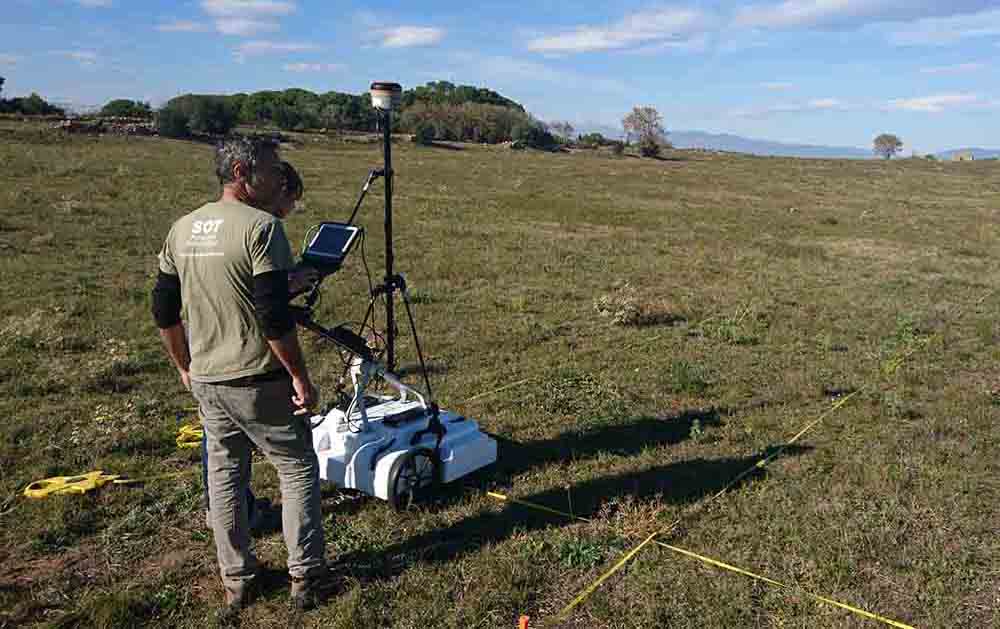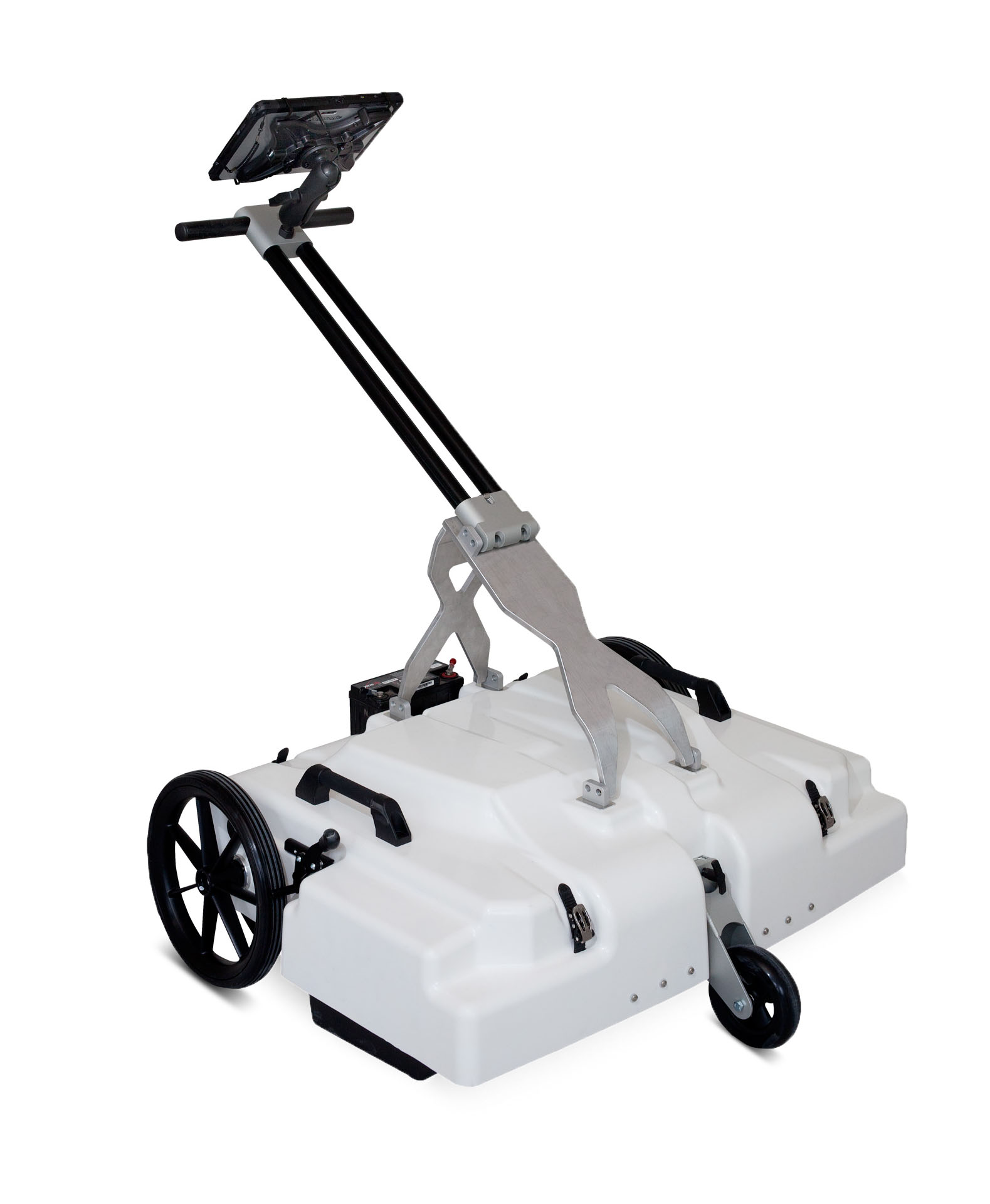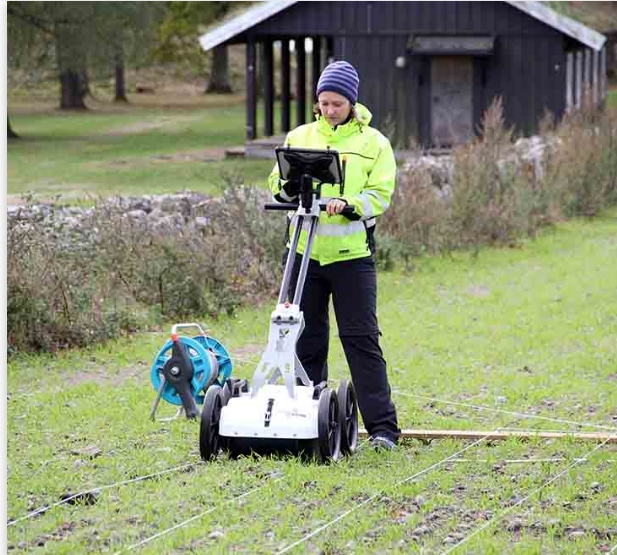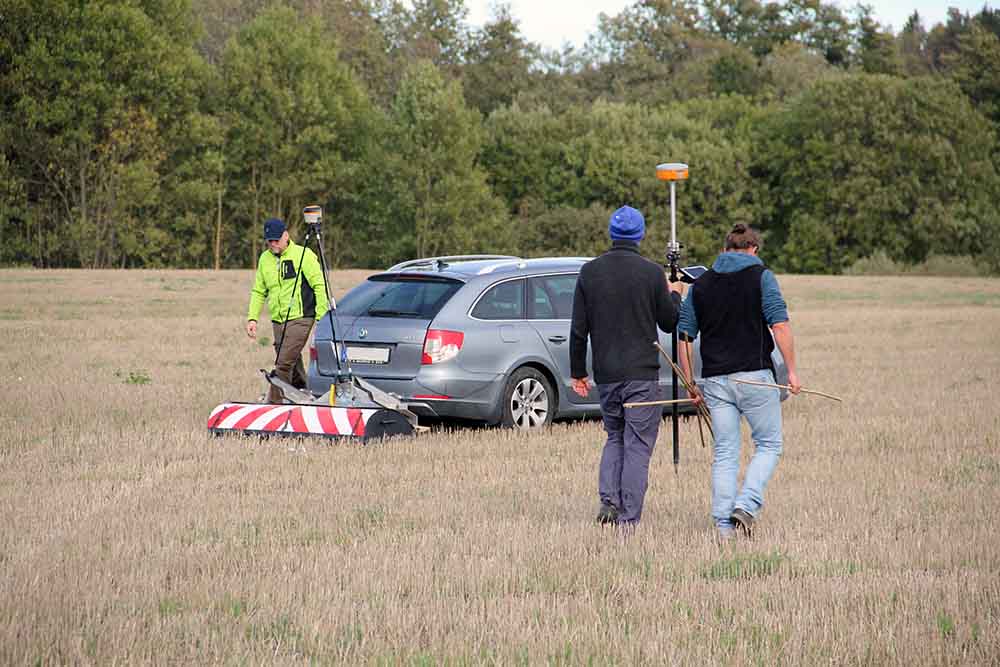Archaeology
Ground penetrating radar (GPR) presents the archaeologist with a way to non-destructively and non-intrusively image the hidden and lost world below. Of all the geophysical technologies in the archaeologist toolbox, GPR is generally accepted as the easiest to deploy with the best data resolution.
GPR offers a convenient, reliable, and non-destructive way to investigate the sub-surface, which streamlines the traditional excavation work of archaeologists. Surveying brown and greenfield sites can indicate areas of interest before breaking ground and avoid damage to more modern buried assets such as utility networks. Ultimately, GPR enables more effective project planning to save time, effort, and money.
Why is GPR useful to archaeologists?
-

Assists in the assessment of archaeological features before excavation

Aids in excavation planning by localizing artefacts and other features of interest

Assists in the allocation of manpower and other resources to specific areas of interest
-

Detect and map lost or unmarked graves

Understand the underlying geological structure

Assist in the management of cultural heritage sites
The ImpulseRadar CrossOver and Raptor series provide archaeologists with the following benefits:








